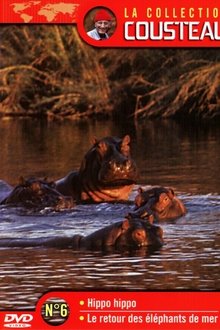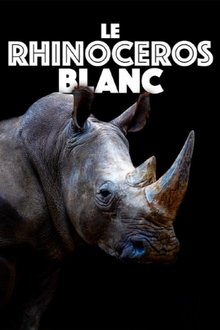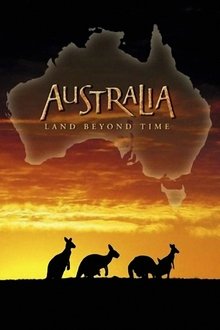The eight lionesses soon give birth to their new leaders’ cubs and there are young everywhere, feeding, playing and training for survival. But danger lurks behind virtually every bush, whether from ever-present hyenas or from a clever mongoose. One lonely cub, born late and orphaned early, endures hardships so heart-rending the filmmakers were tempted to intervene. But they decided to let nature run its unpredictable course.
Related Movies

Powaqqatsi (1988)
An exploration of technologically developing nations and the effect the transition to Western-style modernization has had on them.
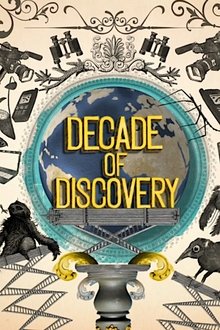
Decade of Discovery (2010)
Chris Packham presents, mentioning others that didn't quite make the list, his favorite top ten animal - and plant species from the half million discovered in the first decade of the 21st century. The animals include the most endangered African monkey, a lemur (Madagascar simian), a mouse-size and -resembling relative of the elephant, a Caribean island-adapted sloth, a shark which 'walks coral reefs on an arm', the largest mega-stick, a deep sea jellyfish without tentacles and a jungle gecko mutation happening in Malaysian state Perlis in order to flee serpent predation into caves. Plant species include a giant Venus-flytrap on Palawan (Philipines) and the largest ever orchid from Peru.
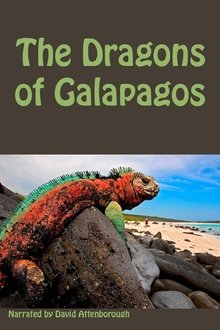
The Dragons of Galapagos (1998)
This is the story of the incredible struggle for survival of the dragons of the Galapagos. On the island of Fernandina, each year Land Iguanas migrate up the steep slopes of the 5000ft active volcano to lay their eggs in the warm soil. If the rim of the crater is fully occupied they have to climb 1 km down the steep crater walls to the floor below. Many are killed finding a path down as the walls are steep & dangerously unstable causing many landslides.
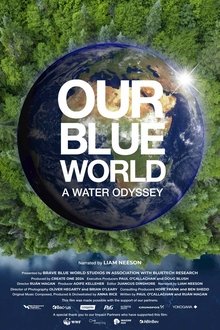
Our Blue World: A Water Odyssey (2024)
Explores humanity’s profound relationship with water and reveal how human agency can help rebalance the planet’s water systems
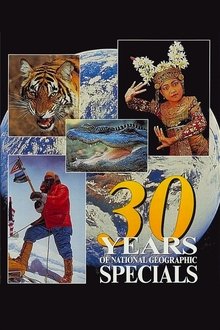
30 Years of National Geographic Specials (1995)
Celebrates 30 years of televised specials by The National Geographic Society.
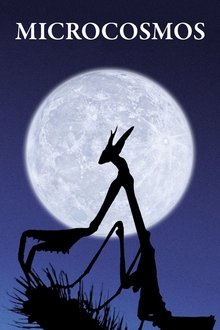
Microcosmos (1996)
A documentary of insect life in meadows and ponds, using incredible close-ups, slow motion, and time-lapse photography. It includes bees collecting nectar, ladybugs eating mites, snails mating, spiders wrapping their catch, a scarab beetle relentlessly pushing its ball of dung uphill, endless lines of caterpillars, an underwater spider creating an air bubble to live in, and a mosquito hatching.
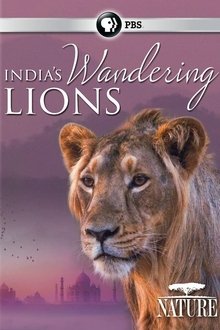
India's Wandering Lions (2016)
Once facing extinction, Asia's last wild lions live dangerously close to India's villages.

The Forgotten Tigers (2014)
The Film is an exploration of the lives of tigers and the forest spaces they live in, outside the tiger reserves. Do these tigers teach us something new about conservation?

Serengeti Symphony (1998)
Serengeti Symphony is a breathtaking look at the astounding landscape and exotic animals that make up the Serengeti National Park in Tanzania. The film accounts the daily lives and intricacies of animals such as giraffe, flamingos, leopards and cheetahs, each vivid scene flawlessly paired with a musical score written by Laurens van Rooyen. Serengeti Symphony brings the beauty of Africa to life like never before, with close up colourful images of the terrain and unimaginable glimpses of the wildlife, allowing the true character of the landscape, and the grace and spirit of every animal, to shine through.

Le Peuple des airs (2022)
Bacteria, viruses, but also fungi, algae, pollen, and even insects: micro-organisms thrive and circulate constantly in our sky. How can so many living beings find their way into the air and circulate? How do they survive? And what influence do they have on our lives and the living world? Biodiversity, health, climate: it is only recently that scientists have begun to understand how this discreet aerial "plankton" affects our lives and our ecosystem. But despite their many virtues, some of these micro-organisms are now threatened by human activities. With the help of experts and 3D models, this scientific investigation plunges us into the heart of a still mysterious world, and reveals the diversity and fragility of the air we breathe.
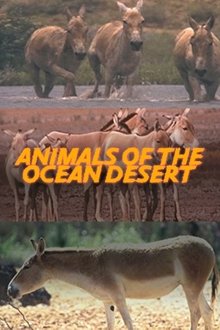
Animals of the Ocean Desert (2001)
For two-thirds of the year, the Little Rann is a desert. Suddenly, in August, monsoon winds whip up the Arabian Sea and carry it 100 km inland. The desert and these mounds soon become islands and homes to high concentrations of rarely-seen, endangered and spectacular wildlife.
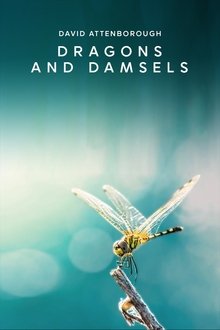
Dragons and Damsels (2019)
More beautiful than butterflies, more spectacular fliers than hummingbirds, and with intriguing behavior as complex as mammals or birds. They’ve been flying around for hundreds of millions of years, crossing paths with dinosaurs before we mammals were even a twinkle in the eye of evolution.

Elephant: Lord of the Jungle (1987)
Great herds of Asian elephants once roamed from Baghdad to Beijing. Now only remnants of these once mighty herds survive, protected today by the Indian government. It is here that filmmaker Naresh Bedi turns his camera, capturing an intimate portrait of thee largest of land mammals. An adult elephant eats 300 pounds of green fodder and drinks 40 gallons of water a day. This film follows these gentle giants as they forage and feed, wallow in watering holes, dust their skin with dirt, and care for their young.

Ladakh: Desert in the Skies (1995)
The mountainous desert of Ladakh is one of the most desolate places on our planet. Here freezing winds sweep down from the Himalayas and shape the life of its inhabitants.
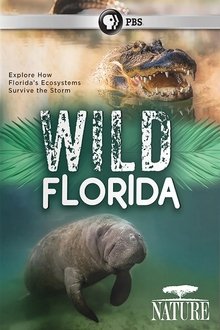
Wild Florida (2020)
Florida is home to beaches, coral reefs, pine forests and the famous Everglades wetland, but a growing human population and abandoned exotic pets like pythons are threatening this wild paradise. Can Florida’s ecosystems continue to weather the storm?
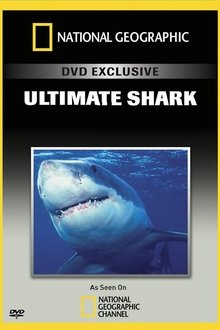
National Geographic Ultimate Shark (2007)
See the world's first MRI scan of a great white shark as Ultimate Shark reveals the extreme engineering and predatory abilities of one of nature's most near perfect predators. Hear firsthand accounts of people who survived harrowing encounters, including a surfer who was bitten on the arm and leg, towed by the surfboard ankle strap and miraculously escaped only with minor injuries. National Geographic demystifies the true motives and power behind their behavior.
